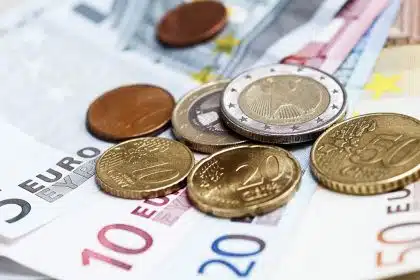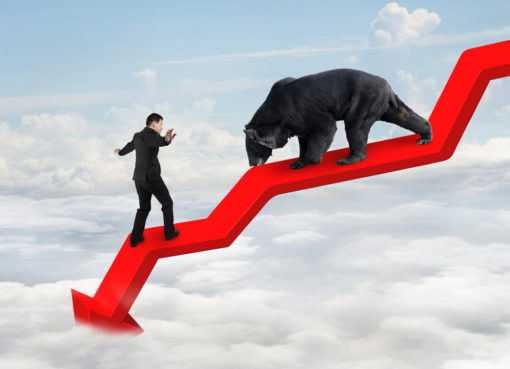More observers are growing bullish on the euro this year despite its relative slump against the US dollar in 2022.
Currency analysts and experts are turning bullish on the euro as the continent tries to withstand a recession. With 2023 well underway, the markets head into uncertainty amid shifting economic data and fiscal policy. However, currency experts maintain that this trend could spell positive news for the euro.
According to Steve Englander, head of global G-10 FX research at Standard Chartered:
“The euro is trading within its late December range, but incoming data since the beginning of 2023 suggest to us that it should be stronger.”
Although the euro slumped against the US dollar in the second half of last year, it recovered in recent months. As it stands, the common currency is trading within a tight range of just over $1.07.
Last year, the euro’s weakness came mainly due to the US Federal Reserve’s aggressive monetary policy tightening. At the same time, the European Central Bank had run out of leeway to increase interest rates to curtail inflation. However, recent developments now suggest a policy reverse between both regions. For example, incoming data trends state there is a need for sustained hawkishness in Frankfurt with a potential easing off of rates in Washington. It is the perceived closing of the interest rate gap that several analysts highlight as a positive development for the euro. As Englander put it:
“Both euro area core inflation and economic surprises have continued to strengthen, making it easier for the European Central Bank to maintain a hawkish tone. Energy concerns that loomed large as a EUR-negative in mid-2022 are beginning to ebb.”
Lessening of Economic Threat from Excessive Eurozone Energy Prices also Fuels Euro Bullish Sentiments
Also feeding into the recent euro bullish sentiments is the reduction of the economic threat from the eurozone’s excessively high energy prices. This trend has also been helped by the fact that much of northern Europe experienced mild undemanding winters.
According to recent Eurostat preliminary figures, the annual headline inflation in the eurozone dropped to 9.2% from 10.1% last November. However, core inflation, excluding volatile energy, food, alcohol, and tobacco prices, surged beyond general anticipation. This figure eventually attained a new all-time high of 5.2%.
Despite the hawkish stance taken by the US Fed and ECB, Englander noted that US data surprises have been weaker in Europe. This development has subsequently resulted in less upward pressure on interest rates.
Meanwhile, Fed Chair Jerome Powell repeatedly emphasizes the role of wages in reducing core services inflation. Furthermore, Powell points to wage growth as a risk factor in the US apex bank’s quest to reduce it. Should the Fed eventually bring down core services inflation, it would have wiggle room to slash its aggressive rate hiking cycle substantially. In addition, the central bank might even be in a prime position to embark on a reversal later in the year.
FX Research head George Saravelos also pointed to the Chinese economy factor as an added impetus for the euro. According to him, China’s reopening could boost the euro since it is a pro-cyclical currency.
Tolu is a cryptocurrency and blockchain enthusiast based in Lagos. He likes to demystify crypto stories to the bare basics so that anyone anywhere can understand without too much background knowledge.
When he’s not neck-deep in crypto stories, Tolu enjoys music, loves to sing and is an avid movie lover.




